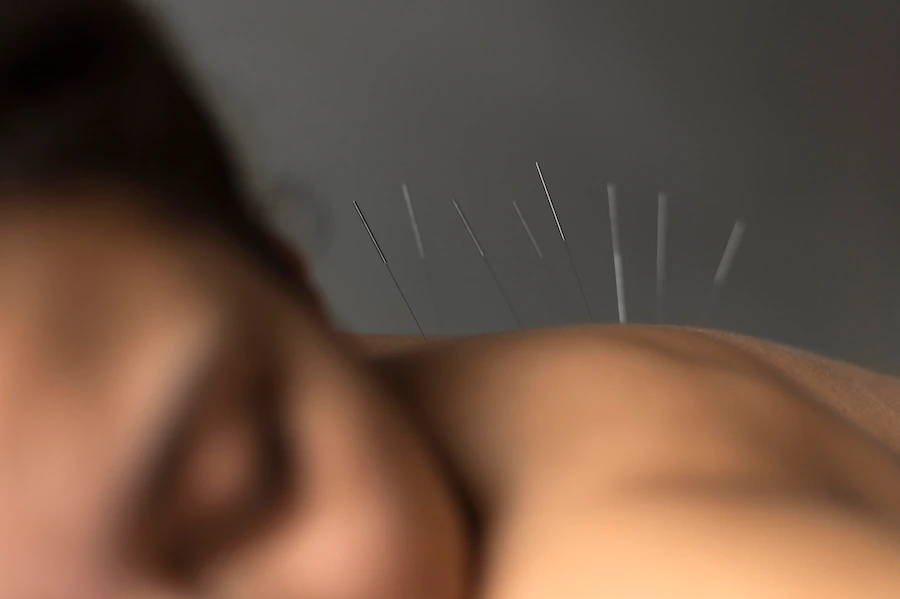Many practitioners and patients today are moving towards integrative wellness and if you are eager to include Chinese Medicine to your wellness regime or as an adjunct to your biomedical treatment plan, it’s beneficial to have a general understanding of Chinese Medical theory, physiology and significant historical context. Chinese Medicine is a potent medical system that has existed in some configuration for more than 3,000 years—tenably the oldest, continuously practiced form of medicine worldwide—and there are obvious reasons it has withstood the test of time. Ancient writings on bone and tortoise shells date back to the Shang Dynasty (15th-11th centuries BCE) while foundational Chinese Medicine texts were compiled in the Han Dynasty (206 BCE to 220 CE).
Chinese Medicine in Canada and North America has an interesting history. In the 19th century, the Chinese migrated to the Americas by promises of the Gold Rush and to work on transcontinental railroads. At this time, Chinese Medicine was practiced principally in Chinese communities. Later in China during the 1950s and ’60s, the Chinese government systematised Chinese Medicine into Traditional Chinese Medicine (TCM), which had formerly been practised by local healers verbally passing knowledge on through generations. Traditional Chinese Medicine remained rather undisclosed to the American public until the early 1970s.
In 1971, New York Times reporter James Reston was treated in China for acute appendicitis. After emergency surgery, he received acupuncture and was astonished at its favourable effects. When he returned to the United States, he wrote about his experience (“Now, About My Operation in Peking,” New York Times, July 26, 1971). This article is widely regarded as one of the first introductions of Traditional Chinese Medicine to the American public.
However, acupuncture was also brought in part to the United States by Mutulu Shakur, the Black Panthers, and the Young Lords in the 1970s. On November 10, 1970, The New York Lincoln Detox Center: The People’s Drug Program was born. This was the first drug rehabilitation treatment centre to incorporate acupuncture in the United States, and also the first mass use of acupuncture by a private institution in the USA. Acupuncture was used as a low-cost effective solution that was provided for POC. This became the foundation for the current community acupuncture movement (offering accessible and affordable treatment).
Classic Traditional Chinese Medicine texts take years to study and comprehend. They delineate detailed medical theory centring on the interaction between qì (氣, energy or vapour), xuè (血, pronounced “shui,” blood), jīnyè (津液, body fluids) and jīng (精, essence, genetics or DNA). Disease and infirm health are attributable to excesses (heat, cold, phlegm, dampness) or deficiencies (qì, blood, essence, body fluids, heat, cold), as well as improper movement of qì or blood impairing circulation. Disease classically is referred to as an imbalance of yīnyáng(陰陽) and the clinician works to correct this via modalities like acupuncture, Chinese herbal botanicals, moxibustion (heat therapy), guāshā (刮痧 scraping massage with a jade or ceramic tool to improve circulation), cupping therapy, tuīná (推拿 Traditional Chinese Medicine massage and bodywork) and dietary and lifestyle recommendations.
Fundamentally, the process of holistically reinstating health is understood in Traditional Chinese Medicine to be more than the absence of disease. By treating the body as an integrated whole and rehabilitating and preserving harmony throughout the body, a TCM practitioner encourages an individual’s mind-body into the limits of its own workable health, even when disease is present. In this way, TCM practitioners can provide care for patients with terminal illnesses and serious conditions including cancer, hepatitis and AIDS. The pain-reducing quality of acupuncture and many Chinese herbal botanicals make them well suited for the treatment of chronic pain. In China, acupuncture is practiced collaboratively with allopathic medicine in hospitals and clinics. In Canada and the US, Traditional Chinese Medicine is similarly becoming more integrated with biomedical practice and used in conjunction with allopathic treatments and psychological care.
So why should you choose to incorporate TCM into your own health and wellness regiment? Simply because Traditional Chinese Medicine is a powerful tool applicable to modern healthcare that contributes to the prevention and treatment of common, widespread, complicated and miscellaneous disease. Prevention and treatment of major epidemics and public emergencies have been accomplished on account of TCM. The remedial impact of Traditional Chinese and allopathic medicine amalgamated to treat severe acute respiratory syndrome (SARS) has been pronounced by the World Health Organization (WHO). TCM has successfully treated influenza A (H1N1) and has contributed to the prevention and treatment of AIDS, hand, foot, and mouth disease, human infection with H7N9 bird flu, other infectious diseases and public emergencies.
Acupuncture is a modality that stands out in the Traditional Chinese Medicine system. Acupuncture has gained increasing worldwide popularity over the last century and is accessible to nearly everyone these days. Traditional Chinese Medicine pronounces that the body is composed of distinct energetic channels termed meridians that communicate with all body systems. Stimulating meridians at specific points with needles (acupuncture) and touch (acupressure), returns body and mind to balance and harmony. Acupuncture promotes relaxation, boosts mood and energy levels, can help improve sleep, decreases musculoskeletal pain, strengthens digestion, balances hormones to regulate menstruation and menopause and keeps you healthy. Acupuncture can benefit almost everyone, since it treats nearly every medical condition and is excellent to help maintain a high level of health when used preventatively.
– Agni Larsen is a Doctor of Traditional Chinese Medicine who practices out of Empower Health, an integrative health clinic in Vancouver, B.C. She is passionate about demystifying acupuncture and Traditional Chinese Medicine and introducing patients to its manifold healing benefits.
References:
1. https://www.sciencedirect.com/topics/medicine-and-dentistry/influenza-a-virus-h7n9
2. J.P. Zhu
Centennial History of Traditional Chinese Medicine
Shanghai Science and Technology Press, Shanghai, China (2016)
4. http://graphics8.nytimes.com/packages/pdf/health/1971acupuncture.pdf
Learn more about Traditional Chinese Medicine & Herbal consultations at Empower Health and call 604-336-2844 or email betternow@empowerhealth.ca to book with Agni!

